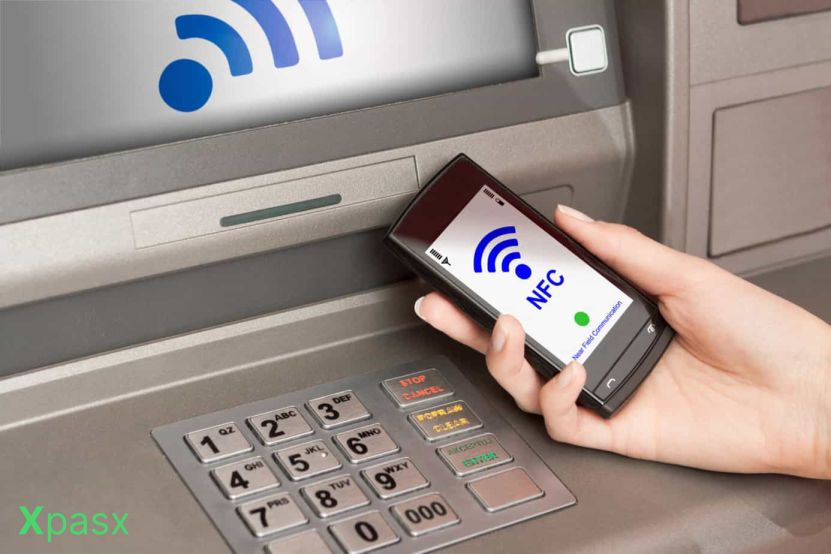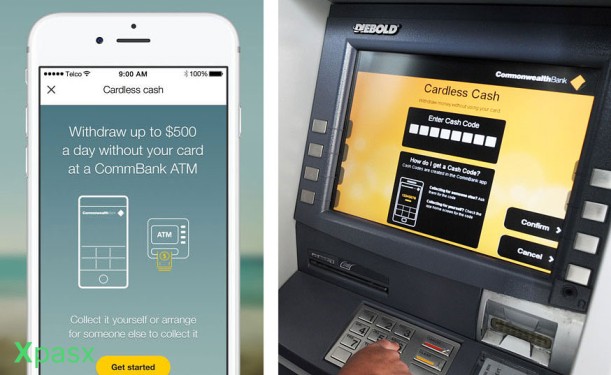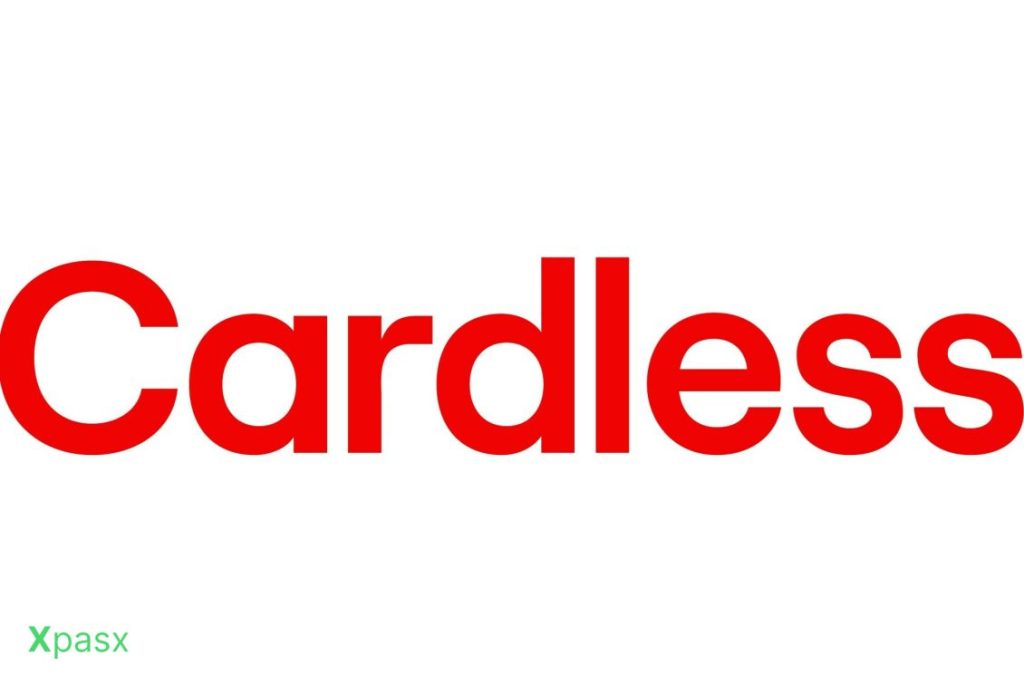Table of Contents
Cardless

In the loan world, “cardless” typically refers to financial transactions or loan services that do not require a physical card, such as a credit or debit card. This concept has become increasingly popular with the rise of digital banking and fintech solutions, offering customers more flexibility and convenience.
In this article from xpasx, we will cover all there is to know about this cardless transactions.
Lorem ipsum dolor sit amet consectetur adipisicing elit. Quam obcaecati vel ad unde est illo at. Labore excepturi officia dolores!
Ways the Term "Cardless" Is Used:
Cardless Loan Disbursement:
In this context, cardless means that loan funds are disbursed without the need for a physical card. Instead of receiving a loan through a credit card or prepaid card, borrowers might receive funds through electronic means, like direct deposit to a bank account, an online payment platform, or a mobile wallet.
Cardless Banking:
Cardless banking involves banking transactions that do not require a physical card. This includes cardless ATM withdrawals, where customers can withdraw cash using a mobile app or a code sent to their phone, eliminating the need for a debit card. Similarly, cardless banking allows customers to manage loans and other financial transactions without needing a physical card.

Cardless Payments:
In the context of loan repayments, cardless can mean making payments without using a credit or debit card. Borrowers might use direct bank transfers, online payment platforms, or automatic debits from their bank account to make loan repayments.
Overall, cardless in the loan world signifies an approach to banking and financial transactions that relies on digital technology rather than traditional physical cards. It often emphasizes convenience, flexibility, and enhanced security by reducing the need for physical cards, which can be lost or stolen. While cardless services can offer these benefits, it’s essential to ensure that the platforms used are secure and reputable, and that they provide robust protection for personal and financial information.
Lorem ipsum dolor sit amet consectetur adipisicing elit. Quam obcaecati vel ad unde est illo at. Labore excepturi officia dolores!

Some Cardless Actions
Cardless money actions refer to financial transactions that don’t require a physical credit or debit card. These transactions have gained popularity due to advancements in technology and digital banking, providing users with a convenient and secure way to manage their finances. Here are four paragraphs outlining some common cardless money actions:
Cardless ATM Withdrawals:
Cardless ATM withdrawals allow users to access cash without a physical debit card. Banks and financial institutions offer this feature through mobile apps, where users can request an ATM withdrawal and receive a unique code or QR code. The user enters the code at the ATM, allowing them to withdraw cash without using a card. This feature reduces the risk of card theft or loss and provides a convenient way to access cash on the go.
Mobile Wallets and Digital Payments:
Mobile wallets like Apple Pay, Google Pay, and Samsung Pay enable users to make payments without a physical card. These digital wallets store payment information securely on a smartphone or wearable device, allowing users to pay for goods and services by tapping their device at a compatible point-of-sale terminal. This cardless payment method offers convenience, faster transactions, and enhanced security through tokenization and biometric authentication.
Online Bank Transfers:
Cardless money actions also include online bank transfers, where users can send or receive money without a physical card. Services like Zelle and Venmo allow users to transfer funds to others using an email address or phone number. This cardless approach is convenient for person-to-person payments and is often faster than traditional bank transfers. It also reduces the need for cash or checks when splitting bills or paying friends and family.
Contactless Public Transport and Access Systems:
In some cities, public transport systems have adopted cardless payment methods, allowing users to tap their mobile devices to pay for fares. This eliminates the need for physical cards or tickets and offers a seamless experience for commuters. Additionally, some buildings and facilities have implemented cardless access systems, enabling users to enter secure areas using digital keys stored on their smartphones. These cardless systems streamline access and enhance security.
Cardless money actions provide users with flexibility, convenience, and increased security. They leverage digital technology to simplify transactions and reduce the reliance on physical cards, which can be lost, stolen, or damaged. While these cardless methods offer many benefits, users should ensure they use reputable platforms and follow best practices to protect their personal and financial information.
Lorem ipsum dolor sit amet consectetur adipisicing elit. Quam obcaecati vel ad unde est illo at. Labore excepturi officia dolores!

Bottom Line
“Cardless” refers to financial transactions or services that do not require a physical credit or debit card. This concept is gaining traction due to advancements in digital banking and technology, offering users a convenient and secure way to manage their finances without relying on physical cards. The term encompasses a variety of actions, from cardless ATM withdrawals to mobile wallets, online bank transfers, and cardless access systems.
Cardless ATM withdrawals enable users to withdraw cash without a physical card. This is done through a mobile banking app, which provides a unique code or QR code for use at the ATM, reducing the risk of card theft or loss. Mobile wallets, like Apple Pay and Google Pay, allow users to make payments by tapping their smartphones or wearable devices at compatible point-of-sale terminals, offering convenience and enhanced security through tokenization and biometric authentication.
Online bank transfers, such as those offered by Zelle and Venmo, allow users to send and receive money without a card, using email addresses or phone numbers for quick and easy transactions. This is especially useful for person-to-person payments or splitting bills. Cardless also extends to public transport systems and secure access, where users can pay for fares or enter secure areas by tapping their mobile devices, streamlining access and improving user experience.
Overall, cardless money actions provide flexibility, convenience, and increased security. They represent a shift towards more digital and streamlined financial processes. However, users must ensure they use reputable platforms and follow best practices to safeguard their personal and financial information.
- If you wish to learn more visit our page on cash.